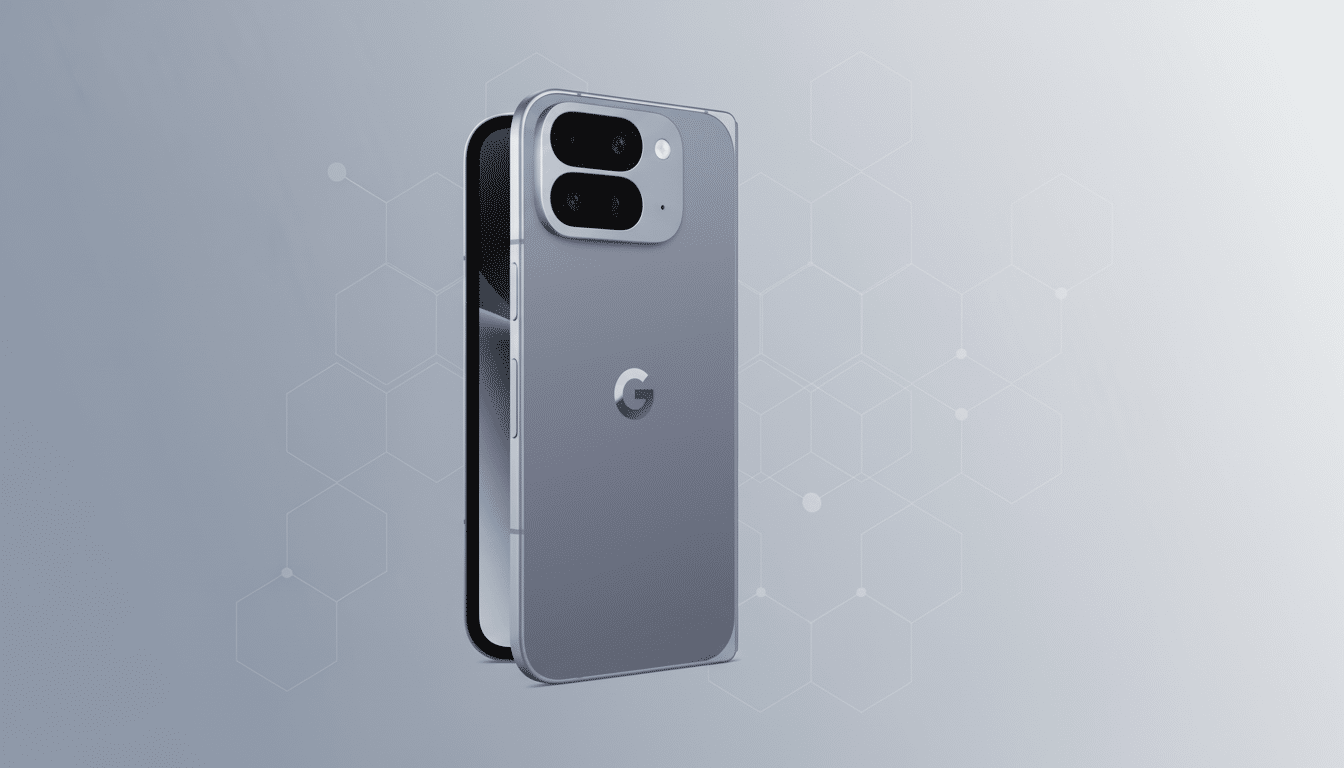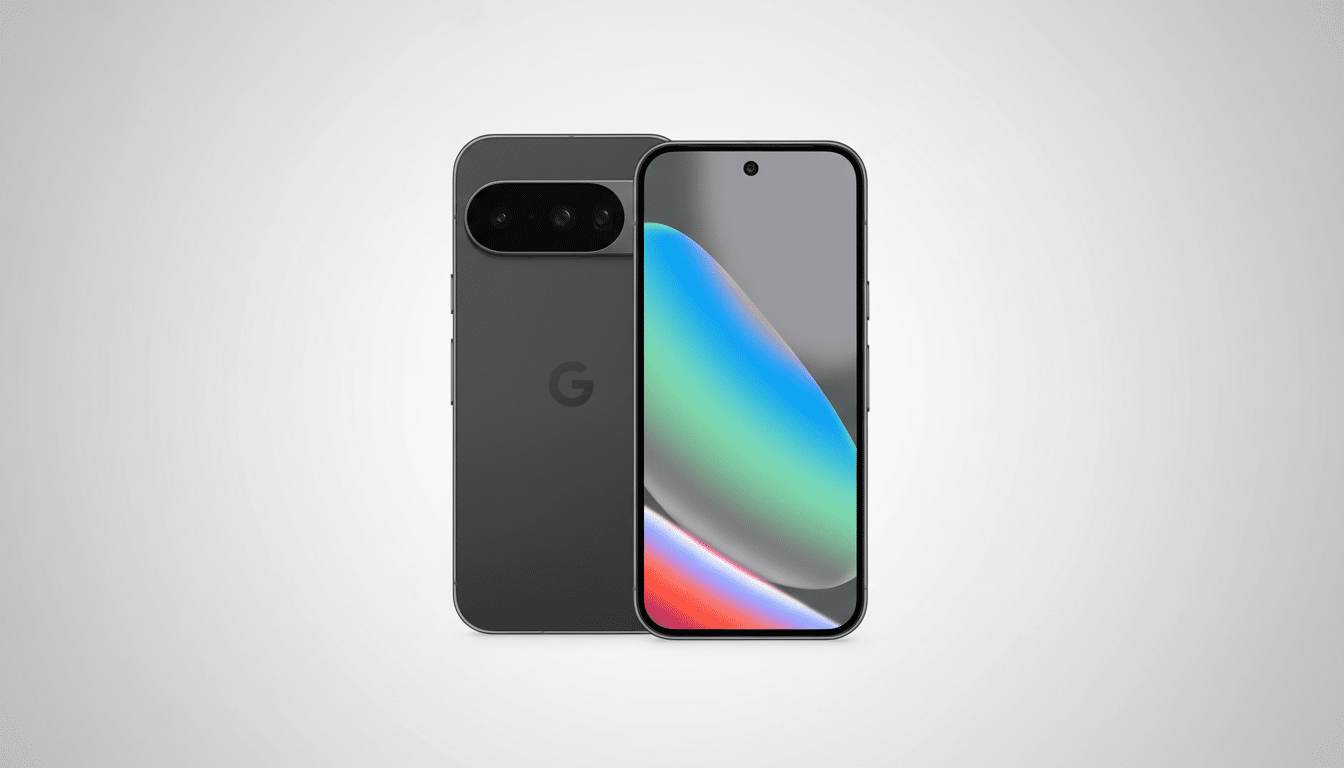Following numerous complaints of apps inexplicably crashing on Pixel 10 phones since the October software update, Google has begun rolling out a server-side fix to address the wave of crashes. Preliminary feedback has indicated that the change is restoring normal behavior even when users have not installed a new system build.
Pixel 10 and 10 Pro Users Report Widespread App Crashes
Not long after, Pixel 10 and Pixel 10 Pro owners began reporting that the update was introducing freezing on splash screens (which means many of their apps are simply not working), repeated “app not responding” dialogs, and later random force closes. It popped up within a variety of categories, including messaging and social apps and productivity tools, to create daily frustration for users.

Threads in community forums for Google’s support pages and software developers were soon filled with similar complaints. A few users reported partial workarounds, including uninstalling recent patches to either Google Play services or the Google Play Store, though those had drawbacks and were not permanent fixes.
That indicated the issue wasn’t about an app itself, but about a fundamental core component being incompatible. And as for how many of the above apps were stuck on initial loading screens, that suggests dependencies (i.e., Google Play services or WebView) that are tightly built into the OS and can affect behavior system-wide.
Google Deploys Server-Side Fix Instead of a New OTA Update
Instead of rolling out a new over-the-air update, Google is fixing the issue using server-side configuration, it seems. The necessary switches were flipped remotely by Google, according to industry observer Artem Russakovskii on X and founder of APKMirror, meaning users did not have to do anything to see their phones spitting back out OTA files.
Such a move would follow the way that Google has been taking more responsibility to manage and update Android components. To more easily address the issue, several of Play services’ and the Play Store’s flags and features are settable on the fly. That gives Google an opportunity to fix regressions more quickly than a full firmware patch, which has to go through internal testing and carrier certification before it reaches users.
This may not, in practical terms, result in a new build number or security patch. Instead, the phone pulls down new configurations from Google’s back end. A rapid restart might help force the change through (though for most, the patch should apply as soon as your device is connected to the internet).
How to Check If Your Pixel 10 Is Clear of App Crashes
If your Pixel 10 or 10 Pro was rebooting itself after the October update, try opening any of the apps that were freezing before it restarted. If they open as expected and remain stable, you’ve probably already gotten the server-side tweak. Leave it plugged in for a while to allow background services to complete syncing.

Still seeing crashes? Try these safe steps:
- Reboot the device to reset background services.
- In the Play Store, check for updates to Google Play services, Android System WebView, and any affected apps.
- Clear the cache for Google Play services and the Play Store (Settings > Apps) to trigger a config refresh.
- Temporarily disable any Play services beta participation if you’re enrolled.
If none of these work for you, capture a bug report and reach out to Google support or submit details in the public Issue Tracker so engineers can associate logs with any remaining edge cases.
Why Android App Crashes Can Spread So Quickly Across Phones
Contemporary Android is built from modular components found in the project—activities such as sign-in, notifications, in-app billing, and web rendering. And when a configuration for one of these layers goes wrong—even a little bit—the errors can reverberate through many apps. It’s why there were reports of similar failures at the identical point in a launch sequence from multiple outlets, and it’s also the reason that one of those server-side changes can fix the issues in an instant.
Google’s modular approach with Project Mainline along with Google Play system updates is designed to bring faster fixes to manufacturers and users. Upside is faster recovery from things like this; downside is a bad flag or incompatibility causing a problem can rise to the surface more broadly, immediately. The fact that Google acted quickly to roll out a remote fix means the root cause was likely reproducible and config-driven rather than some sort of deep-seated kernel or firmware bug.
What the Server-Side Fix Means for Pixel 10 Owners Now
For the majority of Pixel 10 owners, things should return to normal without having to do a factory reset or roll back updates. Keep automatic updates turned on, cease uninstalling core services as a long-term strategy, and give your device a few minutes on Wi-Fi to download any additional configurations.
More generally, the episode highlights how useful decoupled components and rapid remote fix propagation can be—as well as the value of robust pre-release testing on flagship hardware. Look for Google to increasingly rely on server-side feature flags and staged rollouts, along with telemetry from support forums and social reports, to catch issues earlier and correct them sooner.
If it went smoothly to get your Pixel 10 up and running, the fix found you. If not, these steps will bridge the gap until Google takes care of ironing out the rest of those edge cases.

